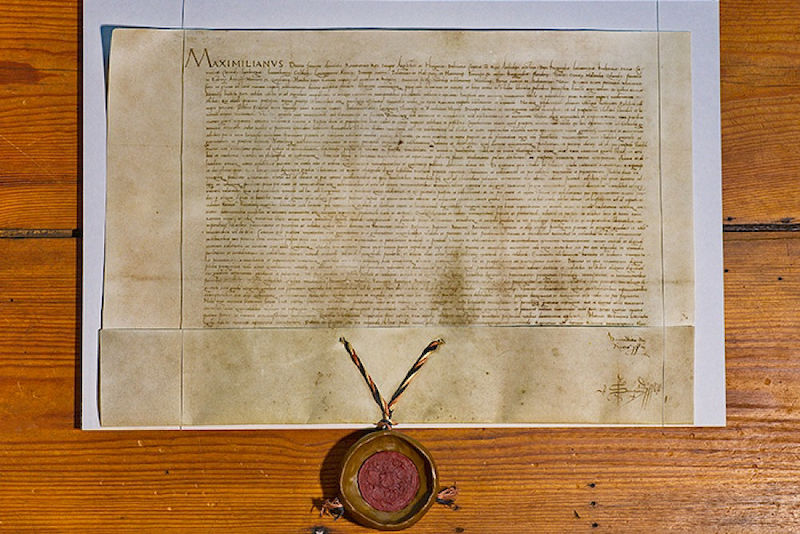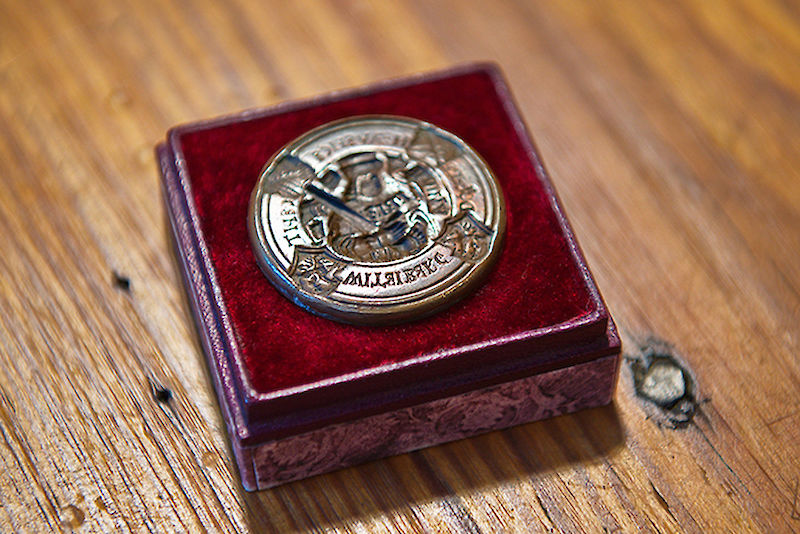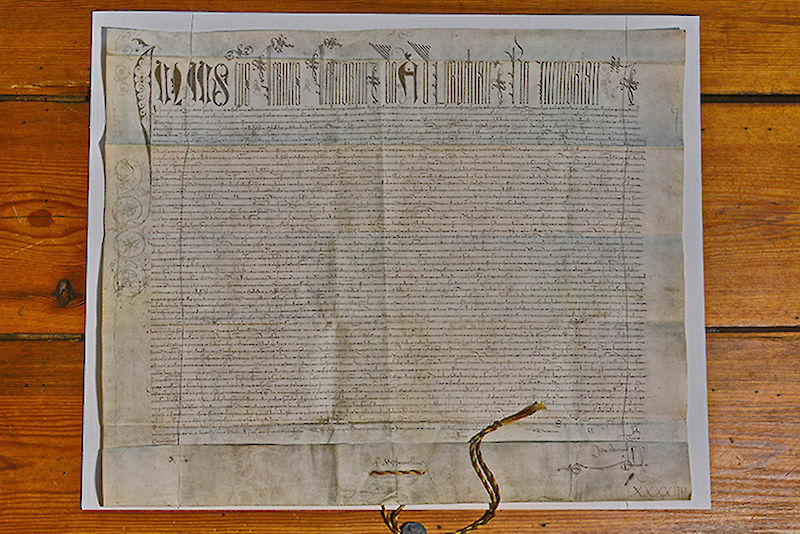Luther's legacy
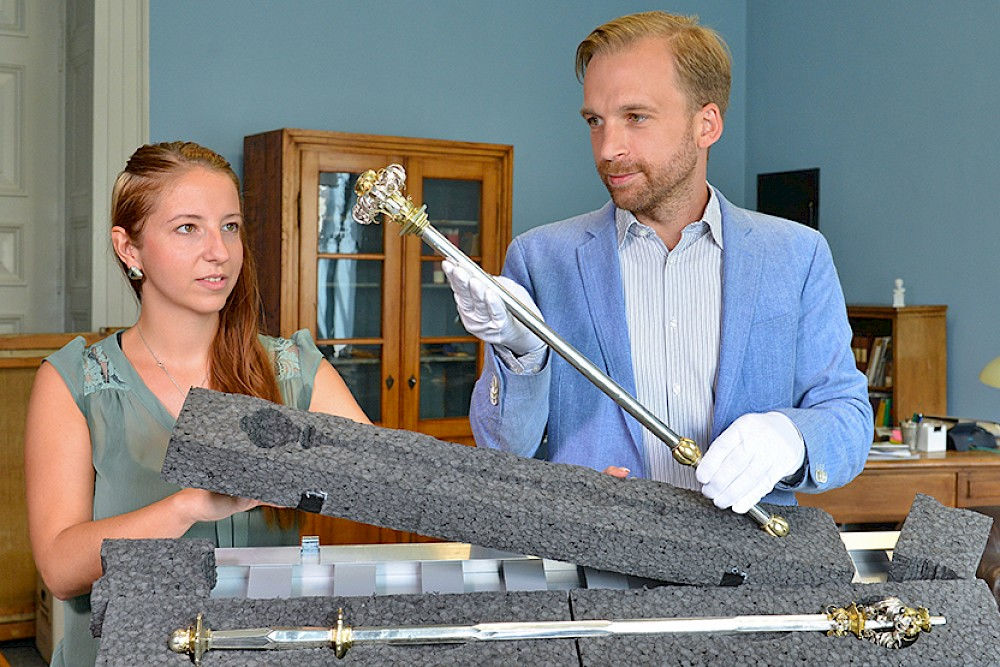
Martin Luther University Halle-Wittenberg is playing a special role in next year’s events marking Luther’s remarkable role in world history. Half a millennium ago, Martin Luther was a theology professor at the old University of Wittenberg – the “Leucorea” – from where he sparked the world-changing Reformation. As a consequence of the Congress of Vienna in 1815, the Leucorea was moved to Halle, where it became part of the “United Friedrich University” in 1817. Thus Halle inherited Luther’s legacy. And that is a great responsibility. As well as pursuing research into the history of the Reformation and organising the congress planned for August 2017 on the “Cultural Impact of the Reformation”, the University of Halle also participated in the Luther exhibitions “Here I stand”, which opened at three venues in the United States in October 2016.
The State Museum of Prehistory in Halle, the Luther Memorials Foundation of Saxony-Anhalt and other partners collaborated with three American museums to realise three related but different exhibitions on the life and work of the famous reformer. The exhibitions were held at the Minneapolis Institute of Art, the Morgan Library & Museum in New York, and the Pitts Theology Library at Emory University in Atlanta. “Right now, just before the Reformation jubilee, the museums and memorials here have been swept clean of anything Luther-related,” said Dr Michael Ruprecht, head of the university archives in Halle and the custodium.
“Wittenberg is the cradle of the Reformation”
The University of Halle and the University and State Library Saxony-Anhalt (ULB) have also contributed loans. “The main theme is the Leucorea, the university founded by Elector Frederick III in 1502,” says historian Ruprecht. “It was the centre – indeed, the cradle – of the Reformation.” The ULB loaned two particularly valuable artefacts from Wittenberg: the first register of the University of Wittenberg, with an entry from 1508 bearing the name “Friar Martinus Luder of Mansfeldt”; and a booklet printed in Wittenberg in 1518 with Luther’s notes on his 95 theses.
Sending such important exhibits overseas is no everyday event; some of the university’s most precious, most carefully guarded items have left Halle. They include the University of Wittenberg’s founding charter, signed by Emperor Maximilian in 1502; papal confirmation of the foundation signed in 1507; and a seal dating from 1514, used by the university’s first rector to seal official documents. The valuable cargo also contains the four oldest rector’s sceptres, which date back to 1502 and 1509 and are priceless. “We had long discussions about whether we really wanted to send the originals,” says Ruprecht. “After all, there are duplicates.”
In the end, there was general agreement that much of the charm of an exhibition derives from the authenticity of its artefacts. “The Americans who hold Luther in such high esteem expect the originals.” But it is a risky undertaking. Expert Michael Stache, who works at the main repository of the university’s natural science collections, designed special crates for transporting the items to America. By performing a 3D scan of the sceptres, Stache and his team were able to carve moulds of precisely the right size and shape into the packaging material inside the crates. “That’s the most secure transport packaging the sceptres have ever had,” says Ruprecht.
A public conference on "The Cultural Impact of the Reformation"
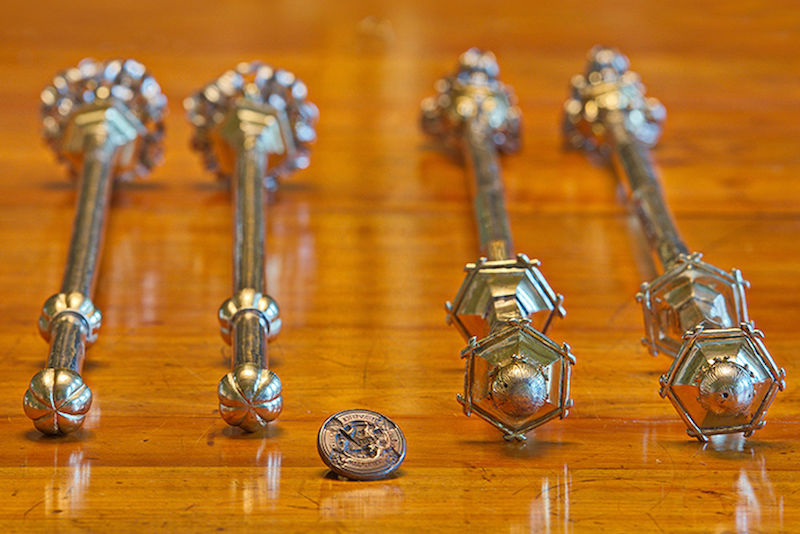
But why does the University of Halle actually have so few artefacts relating to Luther? Professor Ernst-Joachim Waschke, the representative for the Reformation jubilee and chairman of the board of the Leucorea Foundation in Wittenberg, knows the answer to that question. “Of course the Leucorea was Luther’s university. He was here from 1513 to 1546,” says Waschke. The fact that other locations have more artefacts is a result of the Schmalkaldic War of 1546.
When the Elector lost that war, he was forced to give up some Ernestine territories to the Albertine princes. These included Wittenberg. “The Albertines withdrew to their Thuringian territories and founded their own university in Jena. They took Luther’s old library from Wittenberg with them,” says Waschke. He is working with theologian Dr Christian Senkel to prepare the congress on the “Cultural Impact of the Reformation”.
The public conference, which runs from 7 to 11 August 2017, is being jointly organised by the universities of Halle, Jena and Leipzig. Thanks to state funding, the university has been able to award five grants to researchers working on the themes of the congress. The Reformation History Society was founded in 2006. In the society, 18 academics from a diverse range of disciplines work together to find answers to specific questions or to formulate the right questions in the first place.
The congress and the society will serve as cornerstones for establishing the Leucorea Foundation as a global hub for Reformation history research. Ernst-Joachim Waschke sees Luther as inextricably linked to Wittenberg, and calls on academics, businesses and politicians to make better use of this historical advantage. “Wittenberg is the cradle of the Reformation – there is no doubt about that.” More commitment is needed to make the most of that, says Waschke. What might Luther have said? Perhaps: “Only someone who makes decisions truly lives.”

